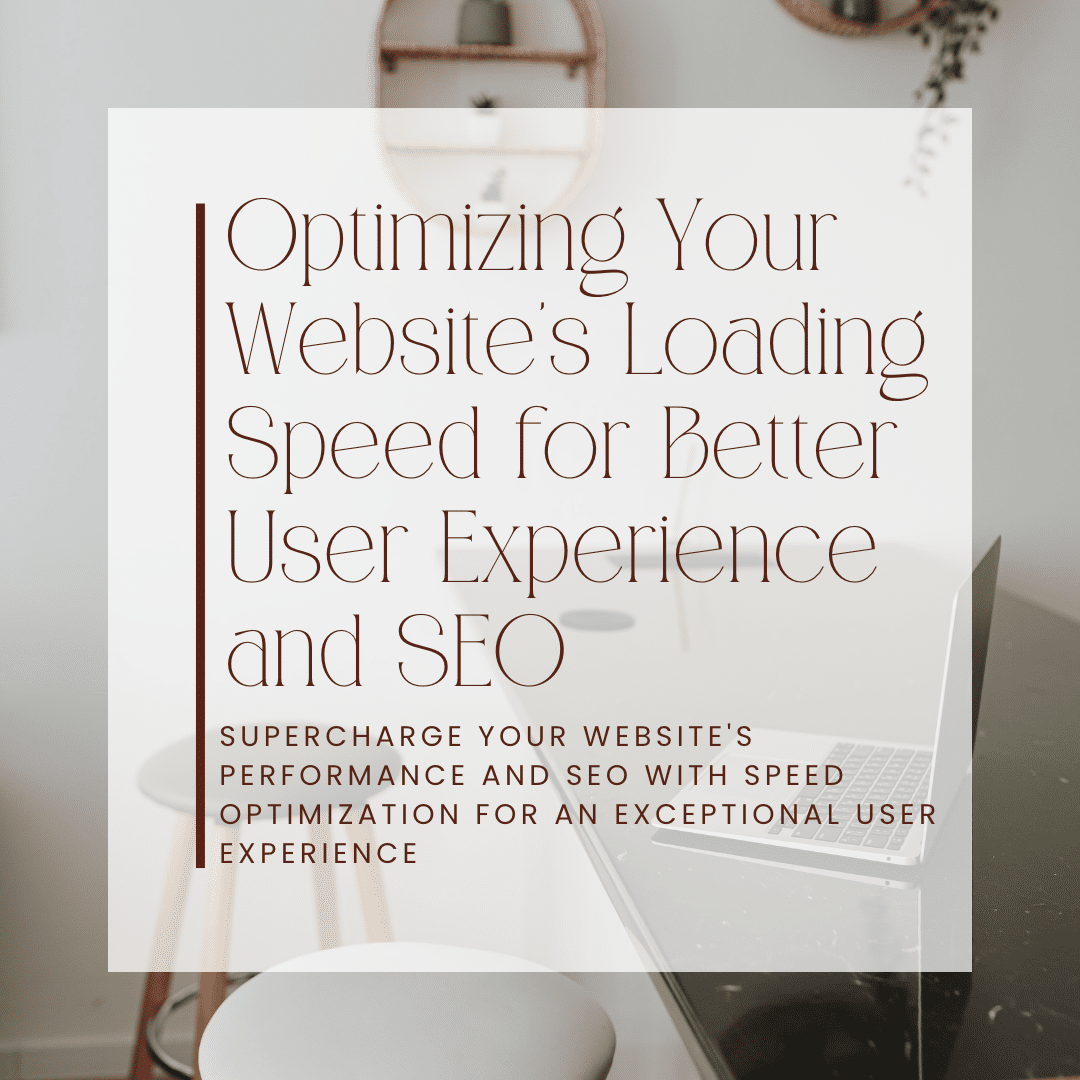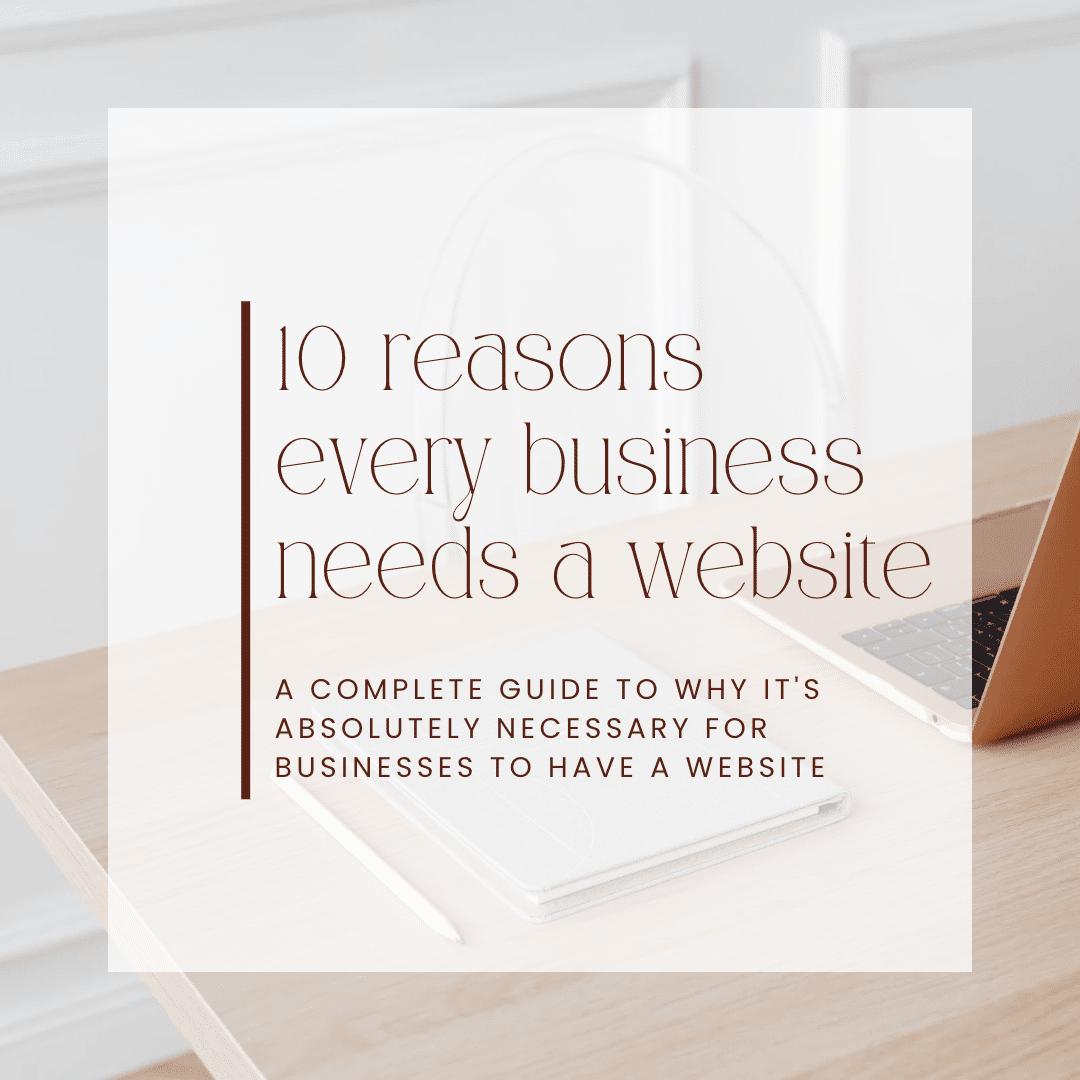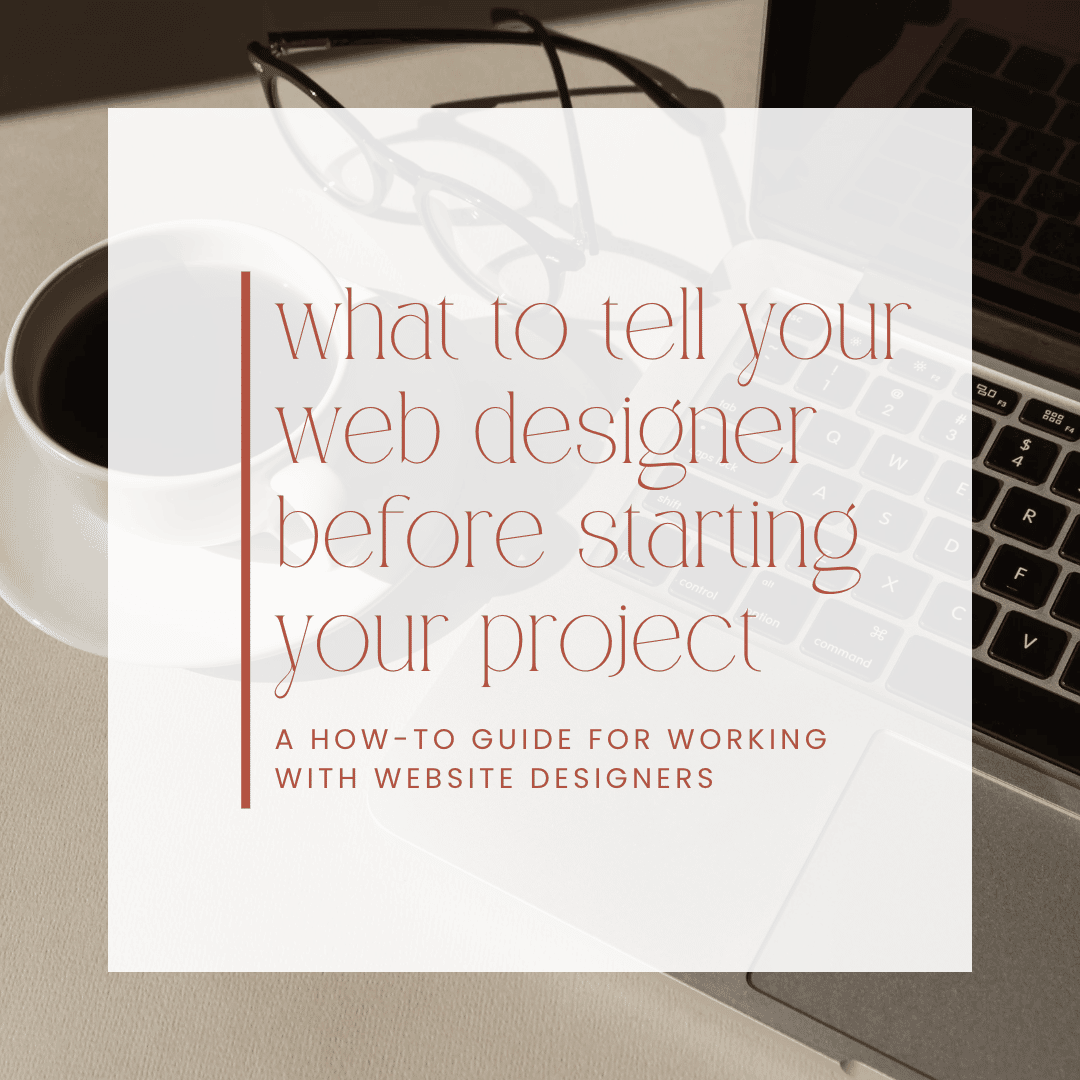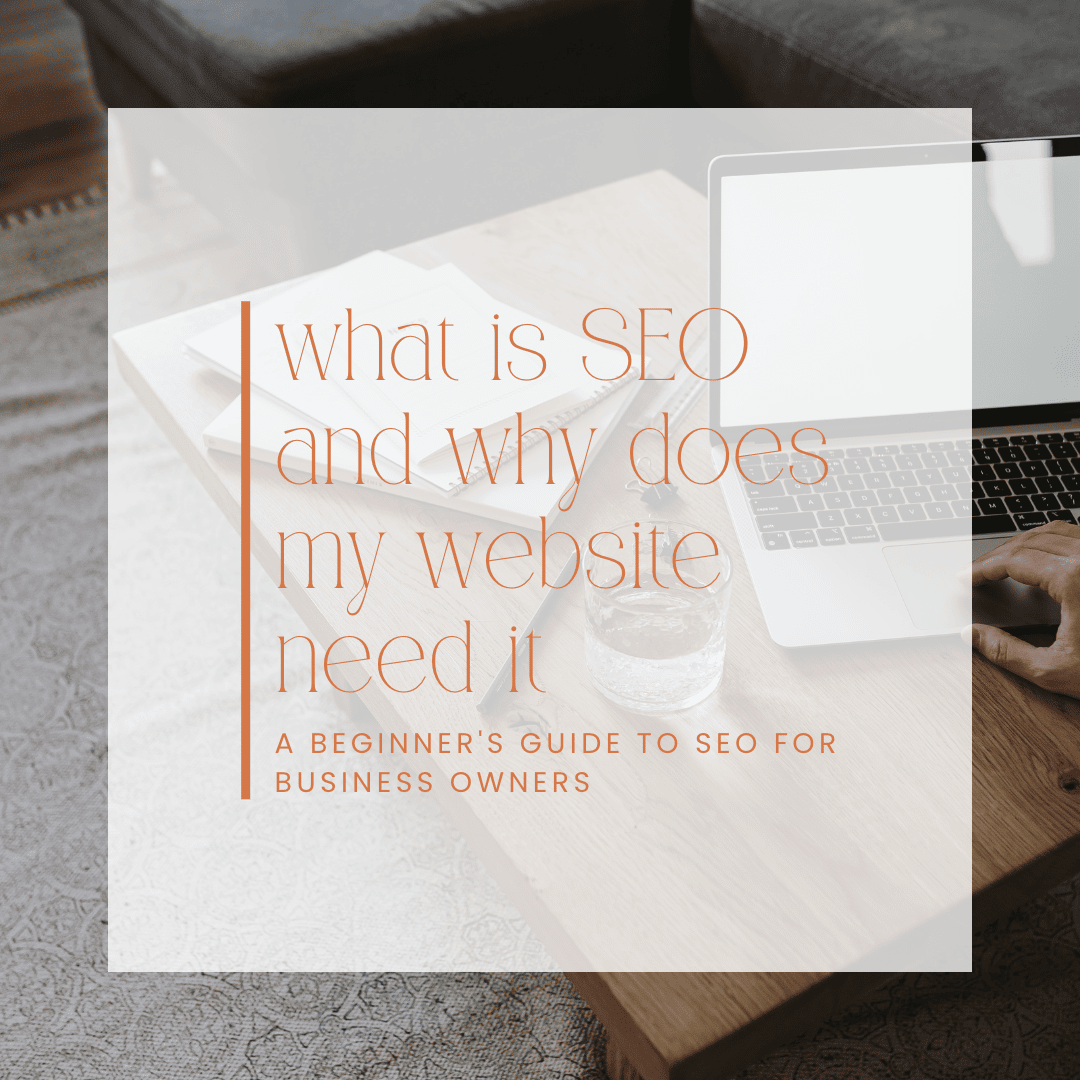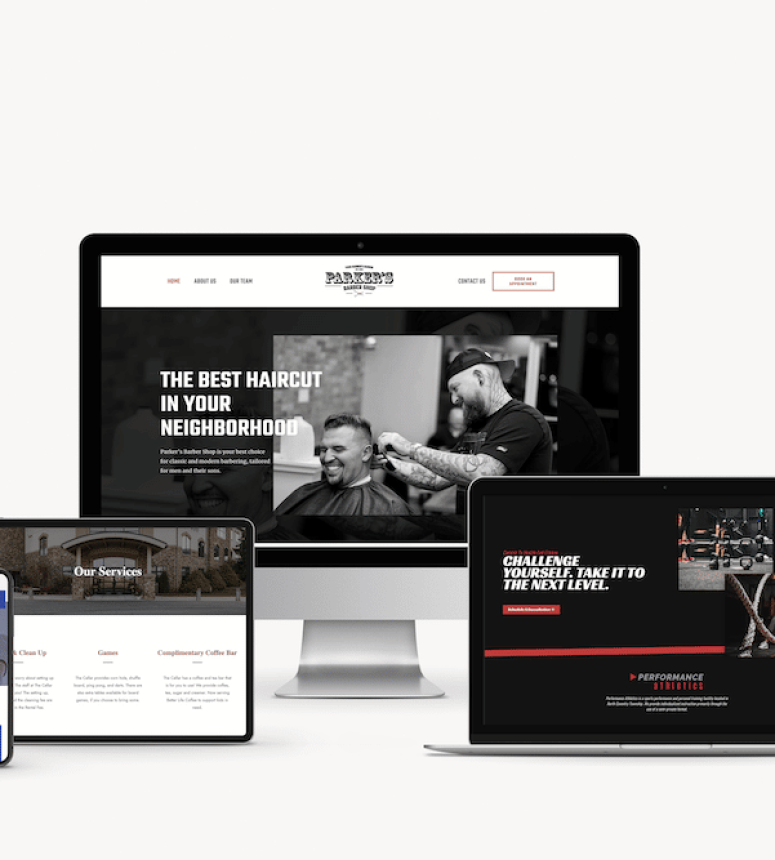In today’s world, having a website is essential to the success of any business. It is the first impression your customers have of your brand and it’s important to make sure it’s a good one. A great way to do this is to design a professional WordPress website. WordPress is a great platform for creating websites and with a bit of work and planning, you can have a website that looks amazing and performs well. In this article, we will go through the steps of how to design a professional WordPress website from start to finish.
SECTION 1: Why Design a WordPress Website?
Before we get started, let’s take a look at why we believe designing a WordPress website is the best choice for many businesses. Firstly, WordPress is incredibly easy to use and set up, making it ideal for those who are not tech-savvy. It also offers a wide range of themes and plugins to customize your website, so you can make it look exactly how you want. Additionally, WordPress is an open-source platform, so you don’t have to worry about spending a lot of money to use it. Lastly, WordPress is highly secure and regularly updated, meaning your website will always be safe and up-to-date.
SECTION 2: Getting Started – Domain and Hosting Setup
Once you’ve decided to design a WordPress website, the first step is to set up the domain and hosting. Your domain is the URL of your website and it is important to choose one that is easy to remember and reflects your brand. You will also need to choose a hosting provider. This is the company that will provide the space for your website to be stored. There are many hosting providers to choose from and it is important to do your research to find one that is reliable and offers good customer service. If you need help deciding which hosting company is the best for you, feel free to send us an email and we can help you at no charge! From our experience, GoDaddy has been the best feature-wise and with customer support.
SECTION 3: Installing WordPress
Once you have your domain and hosting set up, the next step is to install WordPress. This is the software that will be used to build and manage your website. Most hosting providers (like GoDaddy) will have a one-click installation process, so you will just need to follow the instructions to get WordPress installed. Alternatively, you can manually install WordPress, but this requires a bit more technical knowledge.
SECTION 4: Choosing a WordPress Theme
Now that WordPress is installed, it’s time to choose a theme. A theme is the design of your website, which includes the layout and styling. WordPress has a wide range of free and paid themes to choose from, so you can find one that fits your brand perfectly. You can also customize the theme to make it unique and make sure it reflects your business. From our experience, Creative Market has the best WordPress themes! Just be sure that your page builder plugin (if you’re using one) is compatible with your theme. 99% of the time we’ve seen that the theme description will say which plugins are/are not compatible with the theme. If you’d like our recommendations for WordPress hosting and website themes and plugins, contact us and we’ll give your our list at no charge!
SECTION 5: Customizing the Theme
Once you have chosen a theme, it’s time to customize it. This includes changing the colors, fonts, and images to match your brand. You can also add additional features such as a contact form, social media links, and a search bar. Additionally, you can add custom code to further customize your website.
SECTION 6: Creating and Editing Content
Now that your theme is set up, it’s time to start adding content. This includes writing blog posts, creating pages, and adding images. It’s important to make sure the content is relevant to your business, engaging for your readers, and includes the keyword your business is targeting with SEO. Additionally, you should always proofread your content to make sure there are no typos or errors.
SECTION 7: Adding Plugins and Widgets
Plugins and widgets are another great way to customize your website. Plugins are small pieces of software that add extra features to your website and widgets are small blocks of code that can be added to your sidebar or footer. There are many plugins and widgets available for WordPress, so you can add whatever you need to make your website look and perform better.
SECTION 8: Optimizing for SEO
Once you have added your content and plugins, it’s important to optimize your website for search engine optimization (SEO). This involves making sure your website is structured correctly and your content is optimized for search engines. You can also use plugins to help with SEO, such as adding meta tags and setting up a sitemap. A plug-in that we always use here at Sarah Cumens Design Agency is Yoast SEO. I’ll even let you in on a secret – we never use the paid version. Not even for our own website!
SECTION 9: Designing for Mobile
In today’s world, it is essential to make sure your website is optimized for mobile devices. This means making sure your website looks good and functions properly on all devices. You can do this by making sure your theme is responsive, testing your website on different devices, and optimizing your content for mobile users.
SECTION 10: Finalizing and Launching the Website
Once you have finished designing your website, the next step is to finalize and launch it. This includes testing your website to make sure everything is working properly, setting up a backup system, and submitting your website to the search engines. Once this is done, you can launch your website and start promoting it.
Conclusion
Designing a professional WordPress website is an important step for any business. By following the steps outlined in this article, you can create a website that looks amazing and performs well. With a bit of work and planning, you can have a website that will help you stand out from the competition and grow your business.



